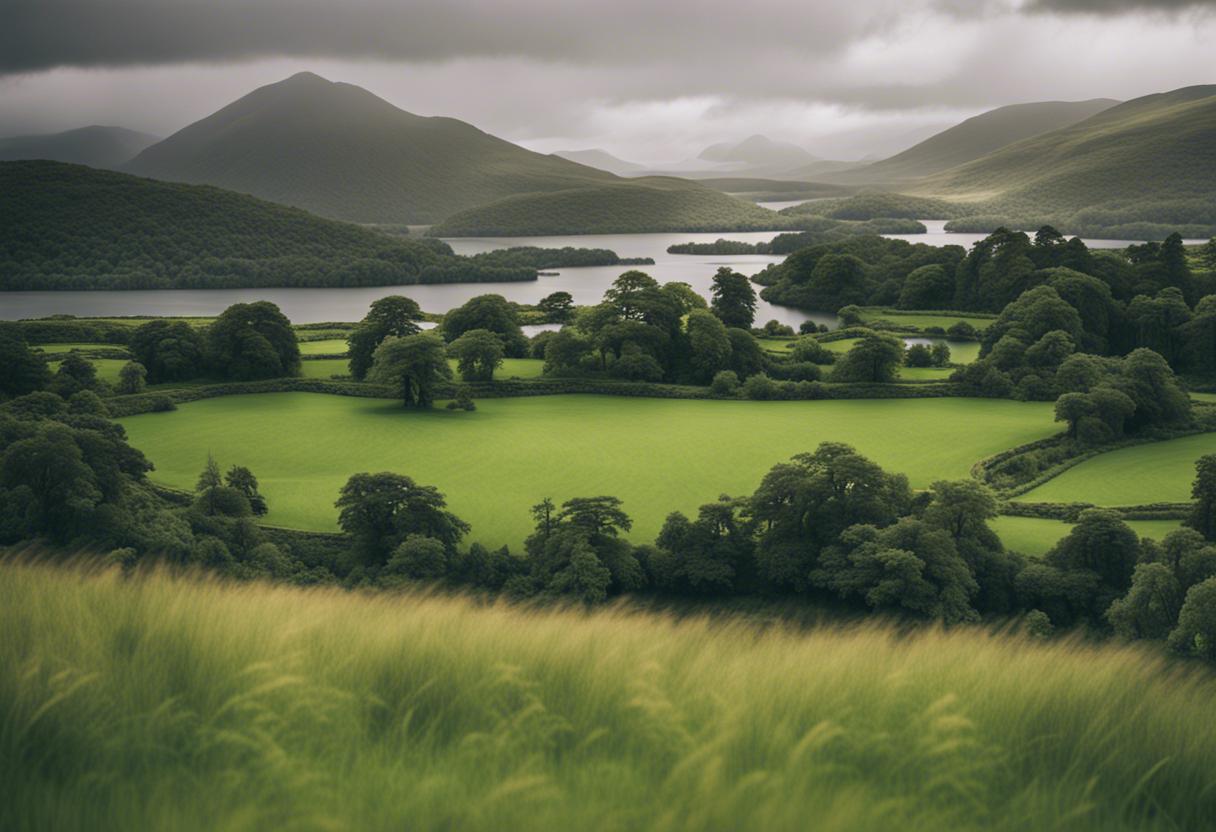The Monotropa hypopitys, otherwise known as the Yellow bird’s-nest plant, a rare species that is not reliant on sunlight, was recently rediscovered during a routine survey at Killarney National Park. This plant, unlike most, doesn’t harness sunlight to produce food, nor does it generate chlorophyll that gives plants their typical green hue. Rather, it extracts nutrients from fungi and tree roots for sustenance, a trait found only in a few plant species.
Last sighted in Killarney in 1896, a single specimen of this unique plant has been found thriving amidst shaded leaf litter in the national park. It occurs alongside the onset of the mushroom season, leading the Killarney National Park and Wildlife Service to highlight the park’s prohibition on mushroom foraging, stating that it’s crucial in preserving the delicate ecosystem that supports the Yellow bird’s-nest and its entire habitat.
Botany expert and teacher Dr. Therese Higgins, affiliated with Munster Technological University’s School of Science, Engineering and Mathematics, labelled this discovery as “enormously thrilling”. According to the National Biodiversity Data Centre, 49 instances in Ireland have been recorded since 1970 until July 2023, with the majority found in the eastern and northern areas of the country.
Dr. Higgins further warns that the plant, concealed well in the woods, isn’t likely to be encountered by visitors by chance. Yet walkers must still be mindful not to harm flora on the ground, including fungi and green plants. The Yellow bird’s-nest plant reveals its true nature when flowering, bearing clusters of small waxy flowers that often droop to one side of the plant, and exhibiting a white-tinted flowering stem reaching up to 30cm in height.

